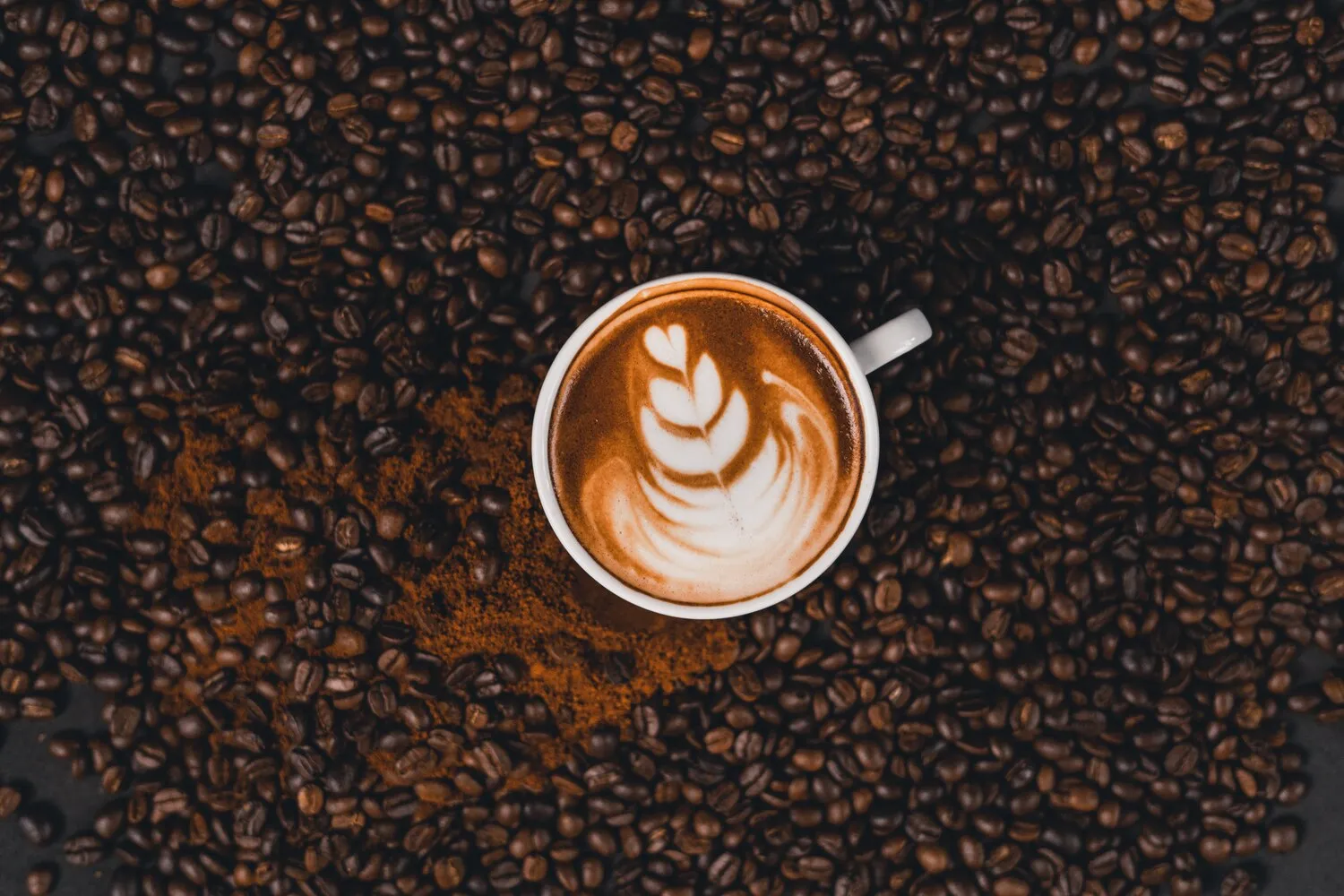
Various Cocktails
Wide variety of cocktails available.
Nutrition Facts
* The % Daily Value (DV) tells you how much a nutrient in a serving of food contributes to a daily diet. 2,000 calories a day is used for general nutrition advice.
Restobar West 72
Cocktails evolved from medicinal drinks and punches in the 17th and 18th centuries, becoming increasingly popular in the 19th century, particularly in America. Prohibition in the US led to further experimentation and the birth of iconic cocktails to mask the taste of lower-quality alcohol.
Cocktails play a significant role in social gatherings, celebrations, and nightlife around the world. They represent a form of culinary artistry and a means of socializing and expressing personal taste.
Social Ritual
Cocktails are often enjoyed in bars, restaurants, and at home as a way to unwind, celebrate special occasions, or connect with friends and family. The ritual of ordering, preparing, and savoring a cocktail contributes to the overall experience.
Bartending as Craft
Bartending has evolved into a skilled craft, with bartenders acting as mixologists, creating innovative and visually appealing cocktails. They often possess in-depth knowledge of spirits, ingredients, and techniques.
Cultural Expression
Specific cocktails are associated with certain cultures or regions. For example, the Margarita is strongly linked to Mexican culture, while the Mojito is synonymous with Cuban culture.
Cocktails showcase a diverse range of flavors achieved by blending spirits, liqueurs, juices, bitters, and other ingredients. The flavor profiles can be sweet, sour, bitter, spicy, fruity, herbal, or a combination thereof.
Common cocktail flavors include: Sweetness from sugar, syrups, or liqueurs; Sourness from citrus fruits like lemon, lime, or grapefruit; Bitterness from bitters or certain liqueurs; Herbal notes from herbs like mint, basil, or rosemary; Spicy elements from ginger, chili, or spices like cinnamon; Fruity profiles from fruit juices or purees; and Spirit-forward flavors from the base spirit used, such as gin, vodka, rum, tequila, or whiskey. The balance of these flavors is key to a well-crafted cocktail.
Use Fresh Ingredients
Freshly squeezed juices and high-quality ingredients will significantly improve the taste of your cocktails. Avoid using bottled juices with added sugars and preservatives whenever possible.
Measure Accurately
Using a jigger or measuring spoons to accurately measure ingredients is crucial for achieving the desired balance of flavors. Precision is key in cocktail making.
Chill Your Glassware
Chilling your glassware before serving a cocktail will help keep the drink colder for longer, enhancing the drinking experience.
Garnish Appropriately
A well-chosen garnish can enhance the aroma and visual appeal of a cocktail. Select garnishes that complement the flavors of the drink.
Explore additional Drinks dishes and restaurants
Explore DrinksDiscover top dining spots and culinary experiences in Hoorn.
Explore HoornLearn more about the food culture, restaurant scene, and culinary heritage of Netherlands.
Explore Netherlands